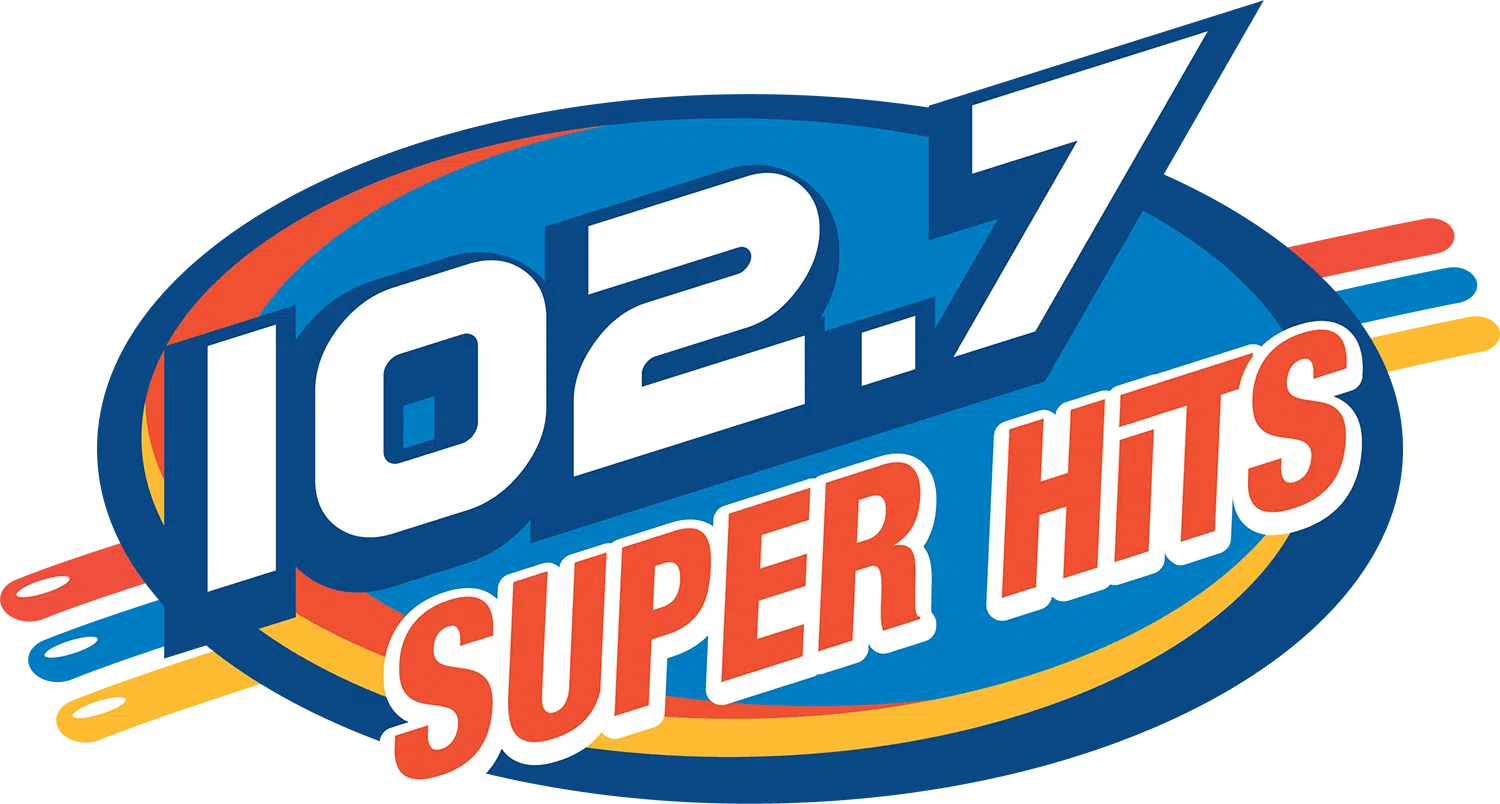(Reuters) -Restaurant Brands beat second-quarter revenue estimates on Thursday, as its marketing efforts drove demand at Burger King and other brands in the U.S. and international markets.
The company ramped up its advertising and promotional efforts, leaning on movies such as ‘How to train your Dragon’ and partnerships with actor Ryan Reynolds, to attract customers in core regions such as the U.S. and Canada.
Like most major fast-food chains, including Yum Brands and McDonald’s, Burger King has also introduced value-meal deals starting at $5 to boost foot traffic as consumer spending in the U.S. sees a decline amid concerns over tariff-related impact.
Restaurant Brands posted quarterly revenue of $2.41 billion, beating analysts’ estimates of $2.32 billion, according to data compiled by LSEG.
However, its adjusted profit of 94 cents per share missed analysts’ estimates of 97 cents, owing to increased advertising expenses coupled with higher costs from supply chain and commodities such as beef and coffee.
McDonald’s beat quarterly global same-store sales estimates on the back of increased affordable meal bundles and promotions, while Taco Bell parent Yum Brands took a hit from muted spending.
Quarterly same-store sales at Burger King outlets in the U.S., the company’s biggest revenue-generating region, rose 1.5%, compared to a 0.1% increase a year ago.
Increased marketing investments also helped Restaurant Brands in lifting sales at Tim Hortons in the quarter ended June 30, which had dipped in May due to slower demand.
Comparable sales in the company’s international segments, which include restaurant chains such as Burger King and Popeyes, rose 4.2%, compared with a 2.6% rise a year ago.
The company’s total operating costs and expenses in the second quarter rose about 36%, compared with a 16% increase a year ago.
(Reporting by Anuja Bharat Mistry in Bengaluru; Editing by Shinjini Ganguli)




Comments